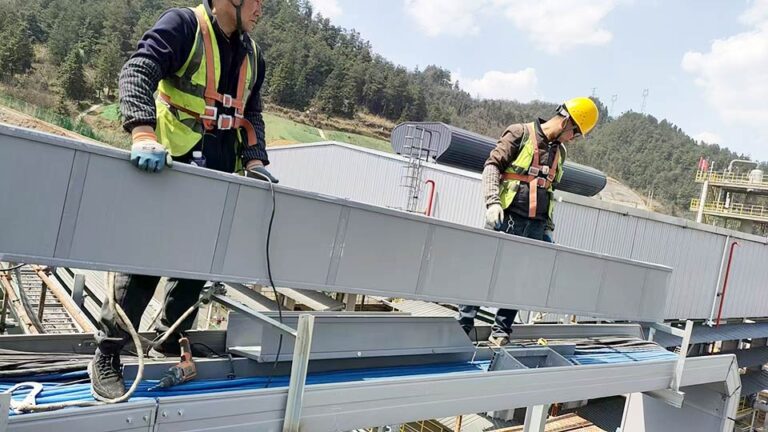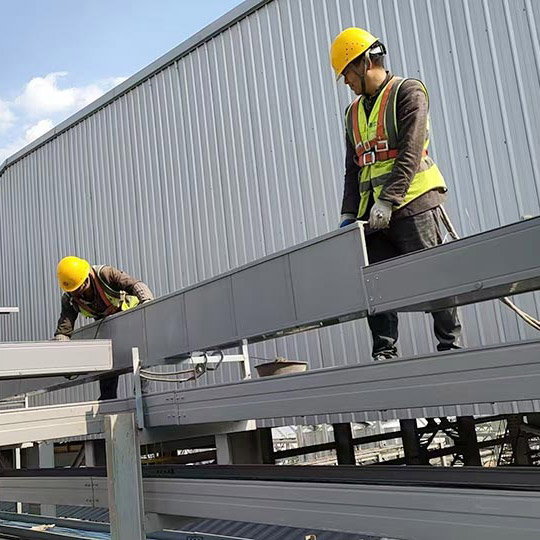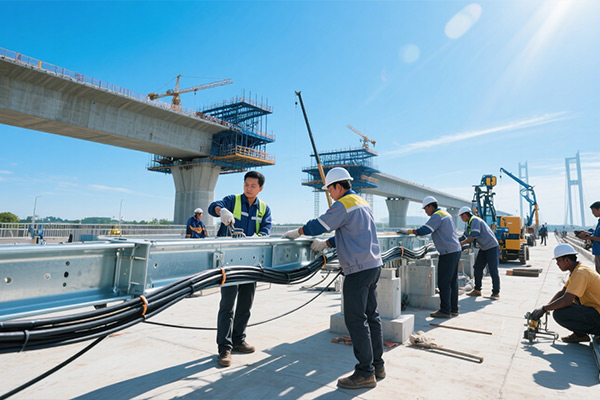Table of Contents
Introduction
Fibreglass cable trays are increasingly preferred in industrial, commercial, and outdoor electrical installations due to their unique combination of lightweight design, corrosion resistance, and electrical safety. Unlike traditional metal trays, fibreglass trays excel in harsh environments such as chemical plants, offshore platforms, and outdoor facilities. In this article, we explore the benefits, applications, selection tips, and technical considerations of fibreglass cable trays, helping engineers and project managers choose the right solution for their projects.

Advantages of Fibreglass Cable Tray
Fibreglass cable trays provide several key benefits over conventional materials:
- Corrosion Resistance: They withstand chemicals, moisture, and UV exposure, making them ideal for industrial and coastal environments.
- Lightweight Construction: Easier to handle and install than steel, reducing labor costs.
- Non-Conductive Material: Enhances safety by preventing accidental electrical conduction.
- Low Maintenance: Resistant to environmental degradation, reducing inspections and replacement costs.
- Versatility: Available in ladder, perforated, and solid designs, accommodating various cable types.
Applications for Fibreglass Cable Trays
Fibreglass cable trays are suitable for:
- Offshore oil and gas platforms exposed to saltwater and extreme weather
- Chemical plants handling corrosive substances
- Water treatment and desalination plants with high humidity
- Outdoor electrical installations like solar farms and telecommunications towers
- Infrastructure projects requiring long-term durability
Comparison with Metal Cable Trays
While stainless steel and galvanized trays offer strength, they may corrode over time in certain environments. Fibreglass provides an ideal alternative, combining mechanical strength, corrosion resistance, and lower weight.
Technical Specifications Table
| Feature | Fibreglass Cable Tray | Stainless Steel Cable Tray | Galvanized Steel Cable Tray |
|---|---|---|---|
| Material | Fibreglass reinforced polymer | Stainless steel | Galvanized steel |
| Corrosion Resistance | Excellent | High | Moderate |
| Weight | Lightweight | Heavy | Moderate |
| Electrical Conductivity | Non-conductive | Conductive | Conductive |
| Installation Ease | Easy | Moderate | Moderate |
| Typical Applications | Offshore, chemical, outdoor | Industrial, medical | Industrial, general construction |
How to Choose the Right Fibreglass Cable Tray
Consider the following factors when selecting a fibreglass cable tray:
- Environmental Conditions: Evaluate exposure to UV, moisture, chemicals, and temperature.
- Load Requirements: Ensure the tray can support all cable weight safely.
- Compliance: Verify relevant safety and industry certifications.
- Accessories and Installation: Ensure compatibility with cable tray clamps, hold-down clamps, and connectors.
- Future Expansion: Plan for potential cable additions to prevent costly upgrades.

Maintenance and Safety Tips
- Regular Inspections: Check for damage, wear, or signs of chemical attack.
- Proper Load Distribution: Avoid overloading to maintain tray integrity.
- Separation of Power and Data Cables: Prevent interference and ensure signal quality.
Conclusion
Fibreglass cable trays offer a combination of corrosion resistance, safety, and low maintenance that makes them ideal for industrial and outdoor electrical installations. Proper selection, installation, and accessories ensure long-term reliability and efficient cable management.
FAQ
Are fibreglass cable trays suitable for outdoor use?
Yes, they resist UV, corrosion, and extreme weather, making them ideal for outdoor installations.
Can fibreglass cable trays handle heavy cable loads?
Yes, they are designed for medium to heavy loads, but verify the load rating for your specific application.
Are there compatible accessories for fibreglass cable trays?
Yes, including cable tray clamps, hold-down clamps, bends, and connectors.
How long do fibreglass cable trays last?
With proper installation, fibreglass trays can last 20–30 years, providing reliable performance even in harsh conditions.



